I came across this excerpt from a film featuring Emilia Clarke, where Clarke’s character says “I don’t really like those kind of films. Films with subtitles.” and her love interest replies “What, did your school not teach you to read?”. Well, that’s pretty much what goes through my mind when I hear people complain about foreign films. If there was no such thing as subtitles I’d have learned French and Japanese (Swedish and Russian are pretty tough!) to be a part of Hiroshima and Nevers’s conversations or to salivate at every line delivered by Toshiro Mifune. Nevertheless, I think as a fellow cinephile, the least I can do is to suggest movies for people who hate subtitles, who think it’s a distraction from the events taking place on screen. As I’ve grown as a cinephile, my preferences has deviated to a lot of European cinema, and I cannot express how much you’re missing on them, if you don’t intend on viewing them because subtitles are a hindrance.
My only request would be to go through these films, since they focus a lot on visual storytelling or incorporate stage-like dramatic acting that wouldn’t require you to constantly focus on the subtitles, and maybe that would slowly evoke some interest in other foreign material as well! Here is the list of films for those who don’t like subtitles.
15. Deep Red (1975)
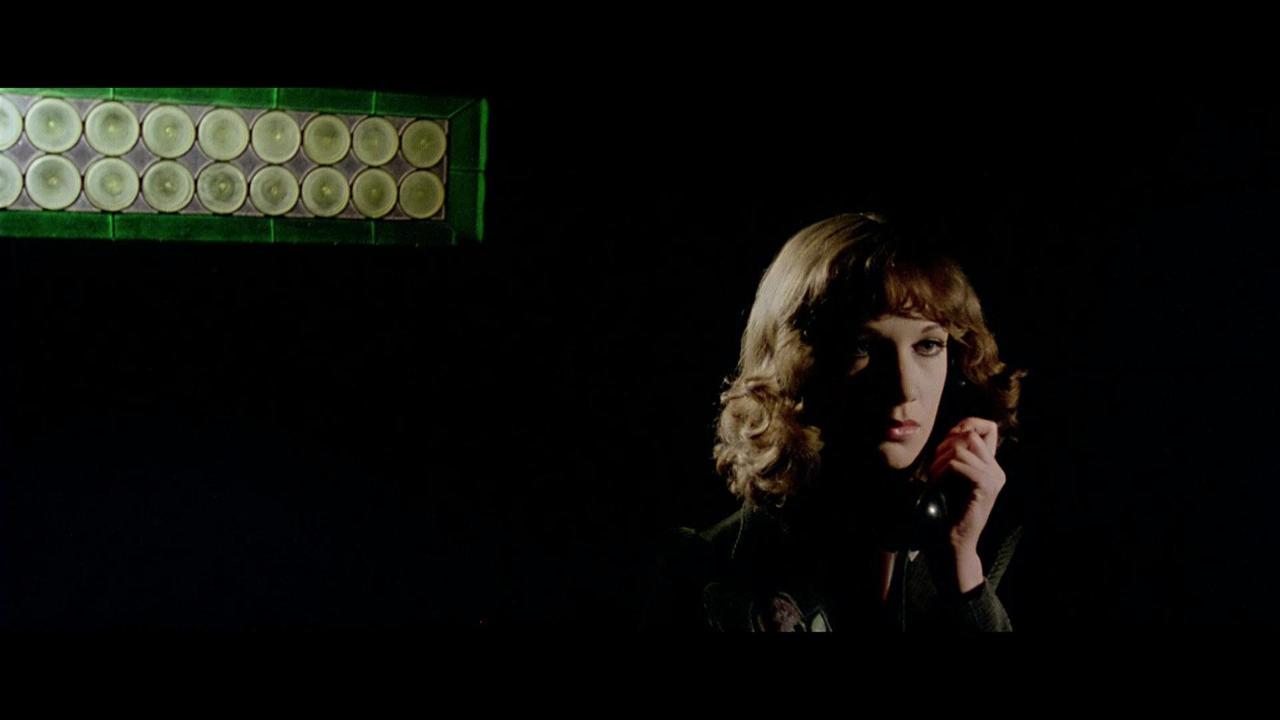
‘Suspiria’ is probably Dario Argento’s most popular work, with people still dazzled by it scintillating colors and soul-strirring score. But it isn’t the Italian maestro’s best work and that title goes to ‘Deep Red’ a.k.a Profondo Rosso, a masterpiece from the giallo sub-genre. Unlike Suspiria, Deep Red isn’t a horror film but one that finally defined the developing era of giallos. The classic reads out like a crime mystery that involves a string of murders, a concealed serial killer and an eye witness who has to track down the killer. But Deep Red defies expectations by being an Italian thriller that doesn’t indulge in genre tropes like cheap gore and femme fatales. It’s brutal with its striking imagery that showcase Argento’s famous tracking and close-up shots, a score by Goblin that blends so well with the two timelines the story focuses on and the use of colors in a very realistic setting, unlike Suspiria where a surrealistic ambience was created. I believe it is easier to follow than Suspiria, and has a fantastic plot twist that doesn’t require a single word as explanation. If you like this, do check out the rest of Argento’s filmography which will be a great introduction to Italian horror.
14. The Tribe (2014)

‘The Tribe’ is a unique movie from Ukraine that uses sign language for the 132 minutes of its run-time to communicate with its actors and audience. Its a coming-of-age movie and like many contemporary European films is very harsh at portraying the growing crime rate within the disillusioned youth. I found this to be a more difficult watch than ‘A Serbian Film’, because everything is engulfed by an eerie silence and this revolves around teenagers, an age group I can associate myself with. The plot follows a new student in a boarding school, where in order to find a place for himself in the authoritative hierarchy falls into a gang that carry out prostitution, drug abuse and robbery.
13. Berberian Sound Studio (2012)

Though ‘Berberian Sound Studio’ is a British film and has half of its dialogues spoken in comprehensible English, it’s still one of the most intriguing “foreign” films I’ve seen from this decade. Gilderoy is a British sound engineer who moves to a sound studio, unaware that he is to create sound for an Italian horror film which involves gruesome torture scenes. Giallo makers used to shoot the visuals and then apply voice-overs and sounds later. Gilderoy finds himself getting distant from himself and the world outside as he is sucked into practicing absurd methods while the speakers bleed of squeals of suffering. Since, from Gilderoy’s perspective the events take place in a foreign land where people speak in a foreign language, there are no subtitles for the Italian dialogues, to make the audience be a part of the protagonist’s chaotic mind. The movie’s primary source of communication is the sound though, and Peter Strickland’s film provokes emotions of sorrow, terror, disgust, awe and concern through its sound design.
12. Spirited Away (2001)

Many of us are aware of Hayao Miyazaki’s masterpiece, ‘Spirited Away’. Though the movie doesn’t use comprehensible visual storytelling and is quite difficult to understand even with subtitles because of Miyazaki’s multi-layered writing, the reason why I’m including this is, well it’s an anime film and they always have dubs. Though I consider ‘My Neighbor Totoro’ to be Studio Ghibli’s best movie, Spirited Away is a great place to start. One of Miyazaki’s greatest strength is to weave matured themes around children and worlds born out of their fantasies, resting in the kigdom of magical realism.
11. Rams (2015)
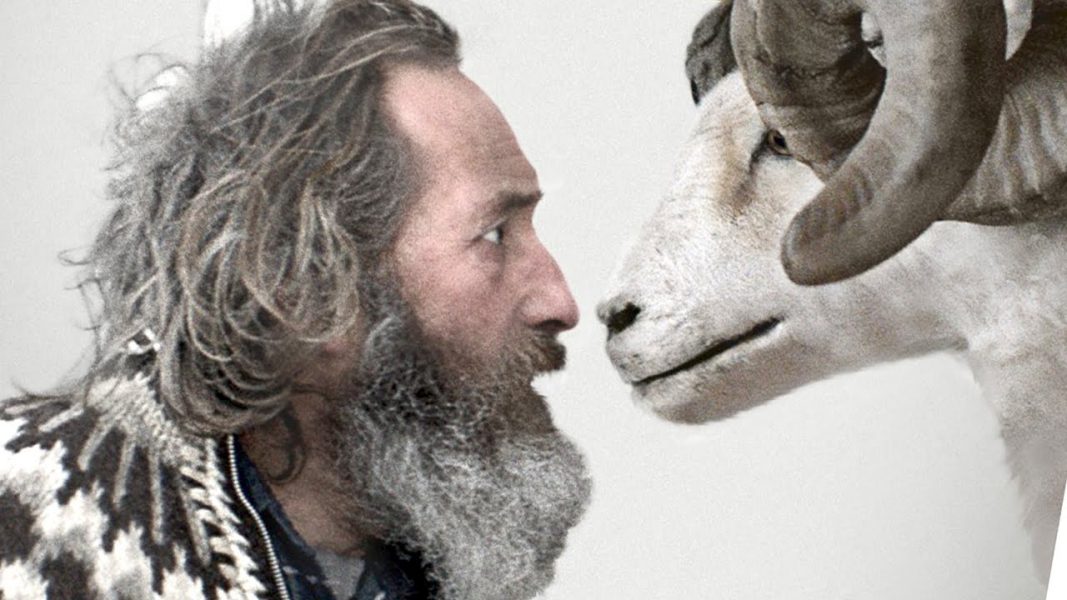
What if I say my favorite film from last year was an Icelandic movie whose three central characters were two brothers and a ram (Yeah, a male sheep). ‘Rams’ lusts over the picturesque landscapes of its homeland, and possesses the ability to convey half of the story through the fields, mountains, animals and its harsh weather. The movie focuses on two estranged brothers, probably in their 60’s, who live on adjacent farms but haven’t spoken to each other in around 40 years. They have no families except for each other, because they devoted their whole lives to sheep farming. Tragedy strikes, the area gets infested by a disease that forces the brothers to kill all of their flock. The movie has minimal dialogue because there’s no communication between the two brothers and obviously there’s no need of any between the ram and the brothers.
10. Le Samourai (1967)
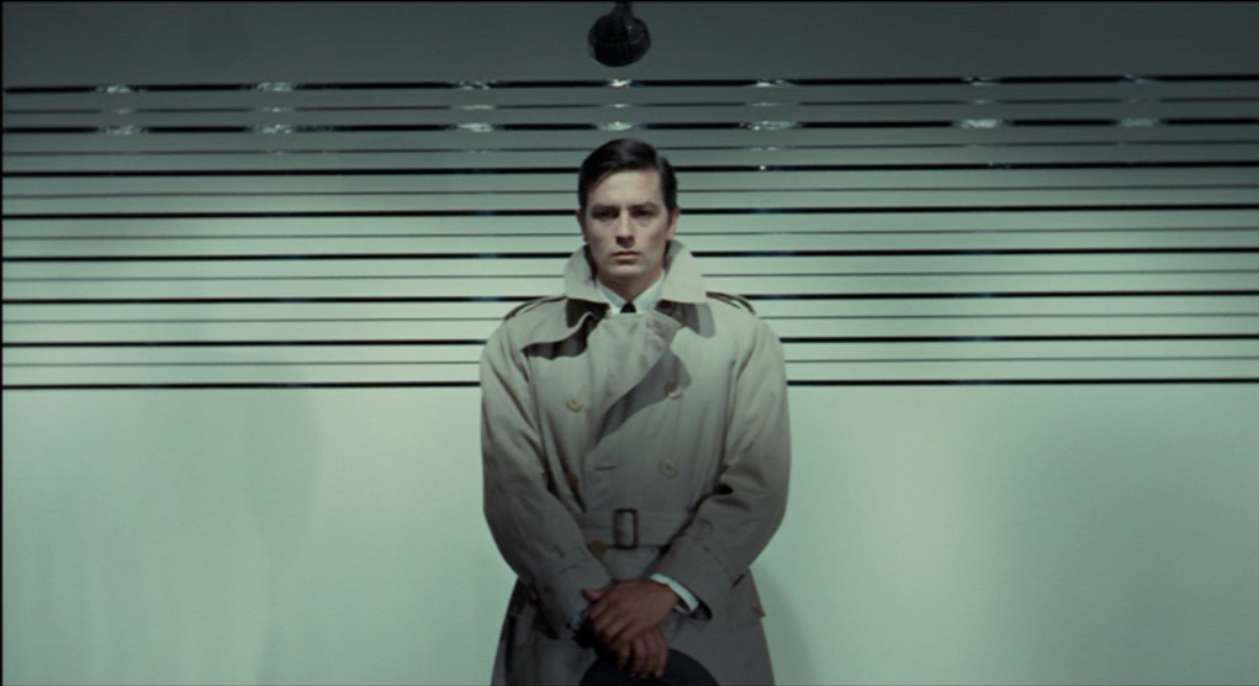
Jean Pierre Melville is one of my favorite directors and it is his ability to construct the most gripping stories only with sound and images, that fascinates me. There are scenes in ‘Le Samourai’ where Melville makes the most strenous montages flow so effortlessly, especially the famous chase sequence. The movie for most part of the film concerns itself only with the protagonist, Jeff Costello played with such elegance by Alain Delon. He reminds me of a geisha, donning a rock solid expression on a beautiful face and every movement of his marked by such grace, Costello despite being a normal hitman stands out like a character from an Oscar Wilde novella. Costello’s not very expressive but in his line of work you cannot afford to be and Melville conducts the story in the background with important plot points taking place in the hitman’s absence.
9. Moebius (2013)

I would only recommend this film if you’re familiar with Kim Ki-duk’s other works like ‘Pieta’ and ‘Bad Guy’, and have a fine idea of what’s in store for you. The movie’s probably the director’s most daring work and though I couldn’t force myself to like it, I know people who were left flabbergasted. The movie has no dialogues, there are screams, cries, moans and the sound of stone rubbing the skin, and there is no other sound to muffle them from piercing your ears. The first 10 minutes of the film involves a castration, and what follows is very experimental as we go through similar castrations, rape, genitalia-less sex and murder. Though I wasn’t a fan of the substance, the performances by the cast is terrific, especially Eun-woo Lee who plays two characters, both capable of inducing nightmares.
8. Hausu (1977)

‘Hausu’ would anyday make my list of the greatest films most people haven’t seen. The film reminds me of Georges Melies’s works, and how he could make fantasies look so weird and perturbing. The movie was intended to be a box office magnet, but in the process of attracting audiences, director Nobuhiko Obayashi created something so original, it is considered to be a classic from the horror genre. Hausu is filled with strange-looking and intentionally amateurish special effects that look so out-of-place, they end up creating an unnerving experience. The movie is exploitative, as it traps seven teenage girls, but it never goes over the top with its nudity or violence and sticks to its motive of creating a surreal environment.
7. Les Vacances de Monsieur Hulot (1953)
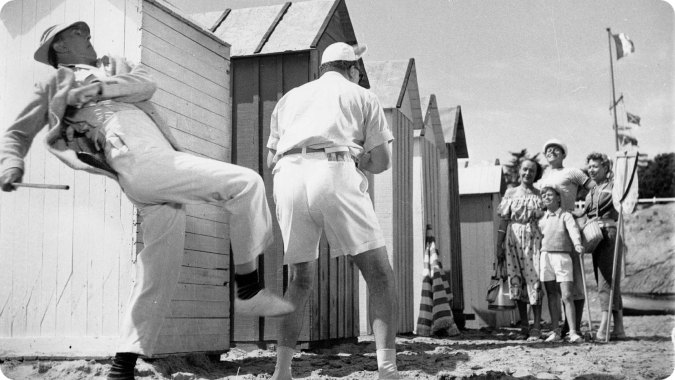
Jacques Tati was probably the greatest comic actor in the history of France, a country which is known for its serious and artistic approach towards films. This doesn’t mean Tati sacrificed the artistic content or the themes in his films for comedy. He used a very effective form of satire, similar to Charlie Chaplin and inculcated high production aesthetic that usually crossed the budgets provided to him. He’s famous for his character, Monsieur Hulot, a silent simpleton who stands out and inadvertently plays the gag, rather than being played upon, unlike Chaplin. His brand of comedy reminds me of Buster Keaton and also his use of sound which is reminiscent of silent comical films. Rowan Atkinson has cited Tati as an inspiration for Mr Bean, and fans should watch this films to observe the similarities in their style, as well as certain plot points present in ‘Mr Bean’s Holiday’. Most of Tati’s filmography makes use of minimal dialogues.
6. The Naked Island (1960)

I was stunned by the sound design and intense dialogue-less sequences from ‘Onibaba’, when I watched it a year ago. Recently I came across another Kaneto Shindo film, ‘The Naked Island’ which doesn’t have a single spoken dialogue but left me absolutely devastated by the time the credits rolled. The Naked Island, except for a few remarkable aerial shots, uses a minimalistic setting, inhabited by a farmer and his family. Now, it’s not a silent movie but a movie with no dialogues, since it efficiently records every molecule of water hitting each other. Like many Japanese films from that period it tackles the sacrifices lower middle class families had to make to live happily. The happiness in The Naked Island is not always represented through laughter, but by the smooth functioning of things and the passage of time.
5. Nosferatu, The Vampyre (1979)
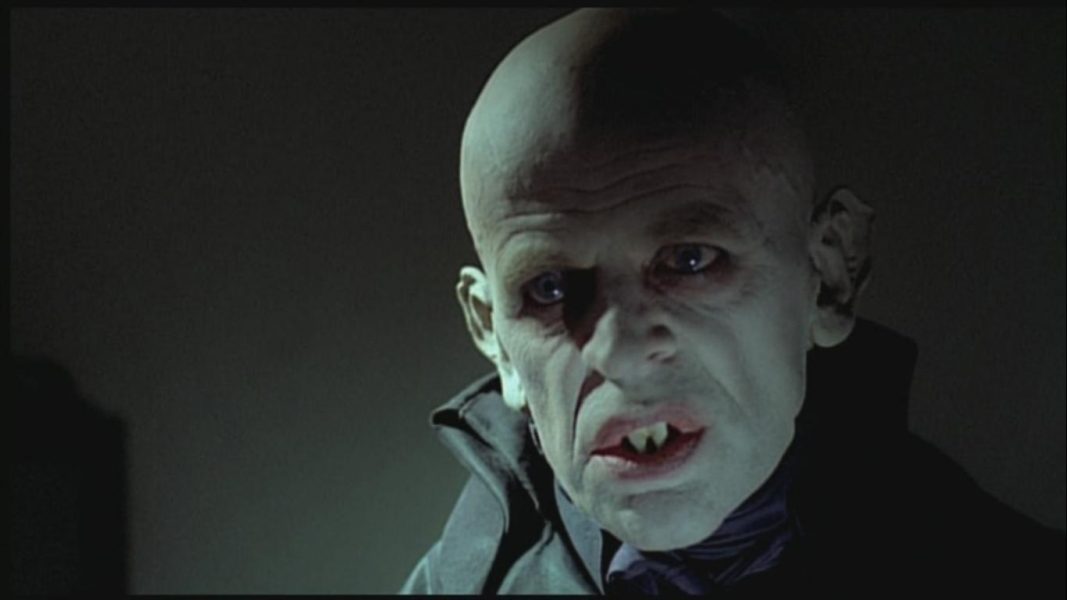
Though F.W.Murnau’s Nosferatu’ on a whole could be considered the greatest vampire film due to its impact, the remake by Werner Herzog which serves as a tribute is the only one that comes close. Herzog’s version stays very loyal to its predecessor, has minimal dialogues and the ones spoken are mostly taken from the original’s text cards. The remake is a sight to behold with its beautiful contrastingly lighted composition giving darkness an inexplicable charm, its glacial color palette effective at signifying the aura around Count Dracula and its dreamy pacing giving the audiences time to absorb its gloom. For an immortal monster who unsparingly kills, Herzog exposes how fragile the vampire really is, wretched and hopeless, shackled within its cursed refuge.
4. The Bicycle Thieves (1948)
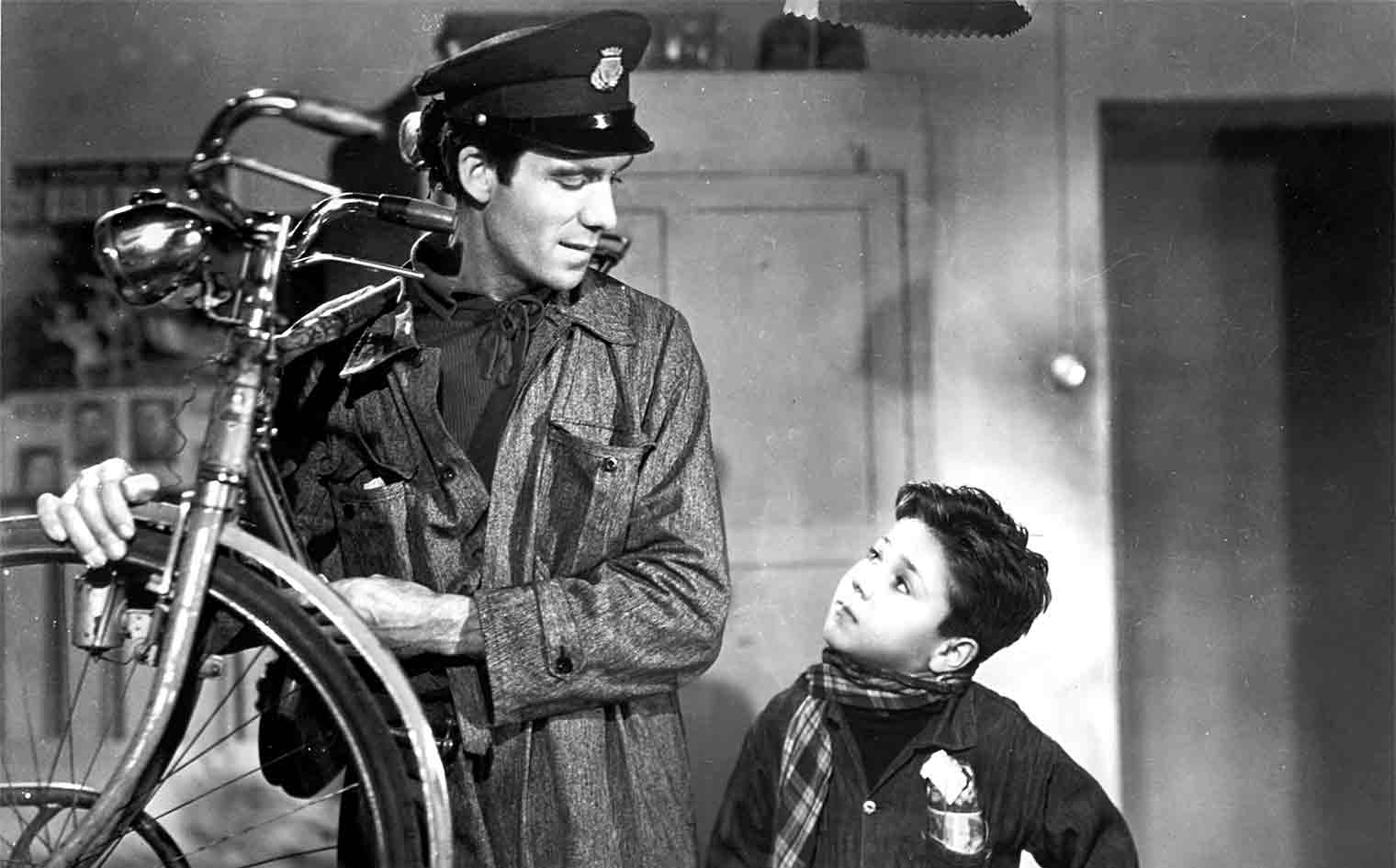
Vittorio De Sica’s ‘Bicycle Thieves’ is probably the best representative of Italian Neorealism. Films from this category focused on poverty-stricken societies after the WW2, and explored the deficits of their zombie-like post-apocalyptic worlds. You do not need to have a vast knowledge about the Italian social strata before watching this, there’s only one scene that focuses on the cruel difference. The film is so down to earth, it featured a non acting cast, people who themselves were victims of the conditions in post war Italy and real life locations instead of sets to capture Rome exactly as it was. There’s no considerable premise, and though the objective of its existence may revolve around a stolen bicycle, Sica uses it to travel the streets of Rome that are swarmed by people who work tirelessly to achieve some sort of a lifestyle, including the thugs.
3. Yojimbo (1961)

It was only after watching ‘A Fistful of Dollars’ that I came to know about Akira Kurosawa’s ‘Yojimbo’, the movie that was unlawfully remade by Sergio Leone. Featuring Toshiro Mifune in his iconic ronin’s black robes, this is the movie that truly estabilished the “lone wolf” antihero. Yojimbo, like every other Kurosawa film has the best use of blocking and camera movement I’ve come across and it’s only after you’ve seen this, that you can truly appreciate the importance of the two techniques. The movie feels like a play, with beautifully orchestrated body movement and language as well as enthusiastic delivery that right away depicts the tone of the speaker. And for viewers who’ve seen Fistful of Dollars, there isn’t much to concentrate on the story and can instead relish Toshiro Mifune’s grit and mettle. Don’t forget to check out its sequel, ‘Sanjuro’, if you like this one!
2. The Cabinet of Dr Caligari (1920)
I was pretty apprehensive of this film as it was my first serious silent feature, apart from the likes of Charlie Chaplin and Buster Keaton that keep you entertained with their gags throughout. When I finished watching it I realized two things : horror gave birth to cinema and that, its traces are undeniably present everywhere while transcending every aspect of film, in the process. Horror presides over the curiosity concerning the unknown and cinema only progresses when a select few decide to explore that unknown, unlocking the depths of our suppressed imagination. ‘The Cabinet of Dr Caligari’ is probably the first gothic horror feature film, and has an incredibly intelligent political commentary, that is presented through its famous geometric background. Though you can’t be certain about the 1910’s but this was probably the first time a plot twist was used in a film, which turned the conclusion to an ambiguous one.
1. Battleship Potemkin (1925)

I consider ‘Battleship Potemkin’ to be the greatest silent film along with ‘The Cabinet of Dr Caligari’. Unlike the latter which was revolutionary for creating a dreadful and chilling atmosphere, Sergei Eisenstein’s war film achieved that through never explored editing techniques. This movie is also one of the earliest propagandist horror films, depicting the barbarism of the authorities through scenes that would petrify you even today. The Odessa Steps sequence in specific has been emulated by filmmakers like Sergio Leone, Francis Ford Coppola, Terry Gilliam and Woody Allen, and is considered the moment that drew attention towards the construction of montages. And for people who consider silent films to be slow, Eisenstein has carefully divided the film into 5 chapters and that really keeps the pacing intact.
Read More: Most Controversial Movies

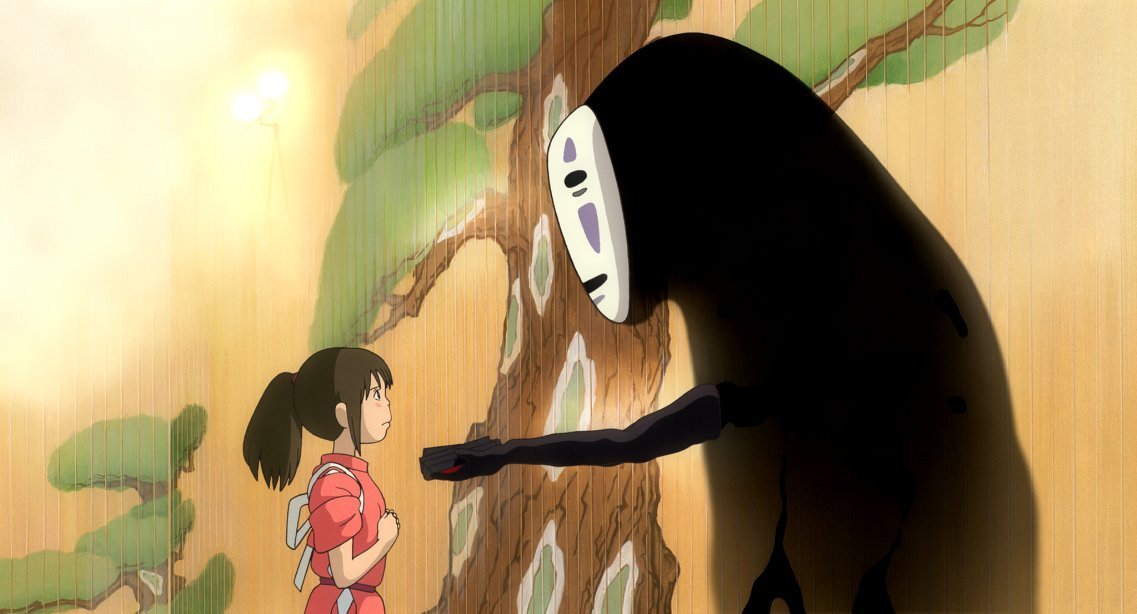
You must be logged in to post a comment.